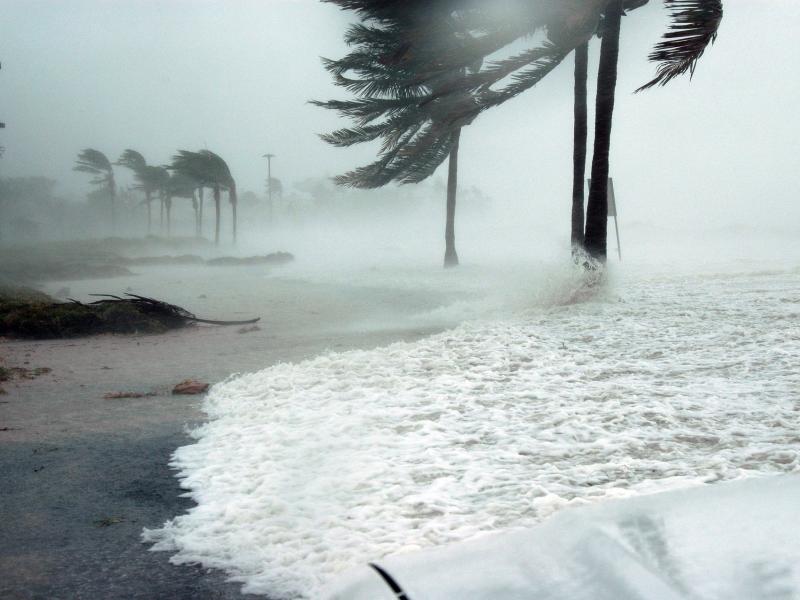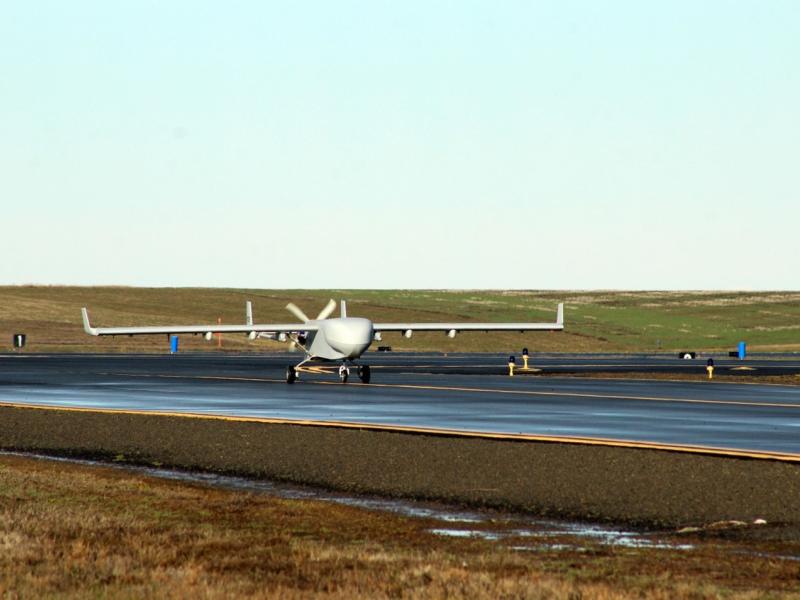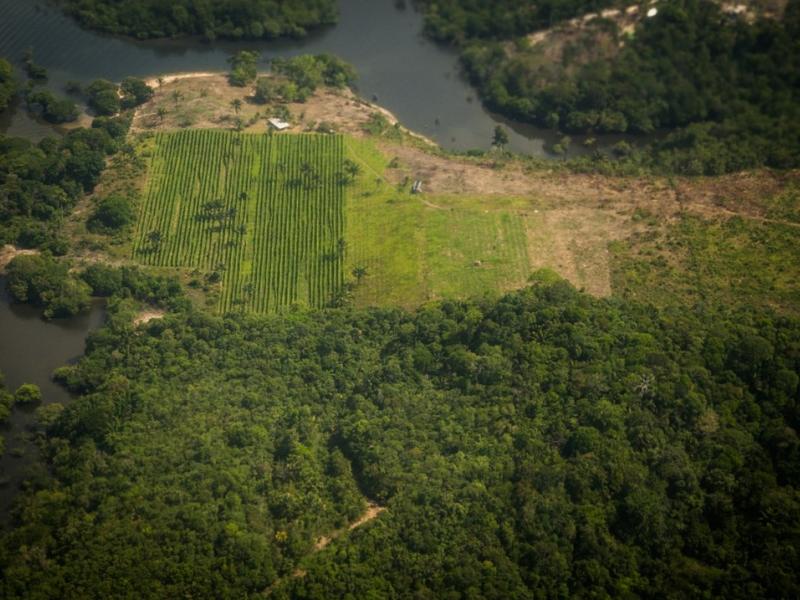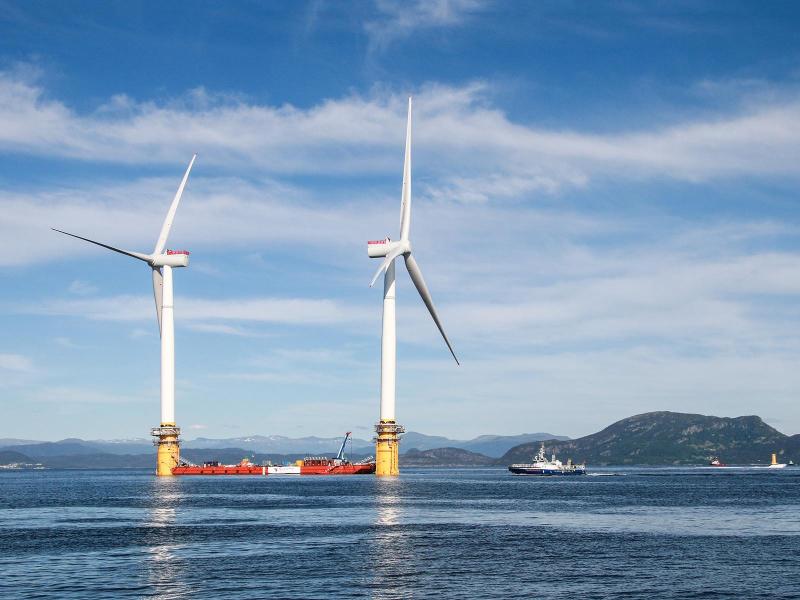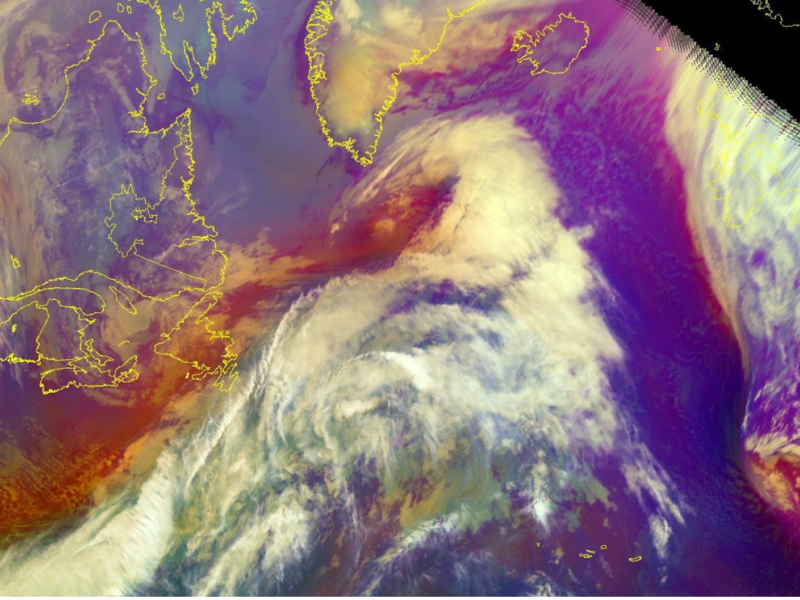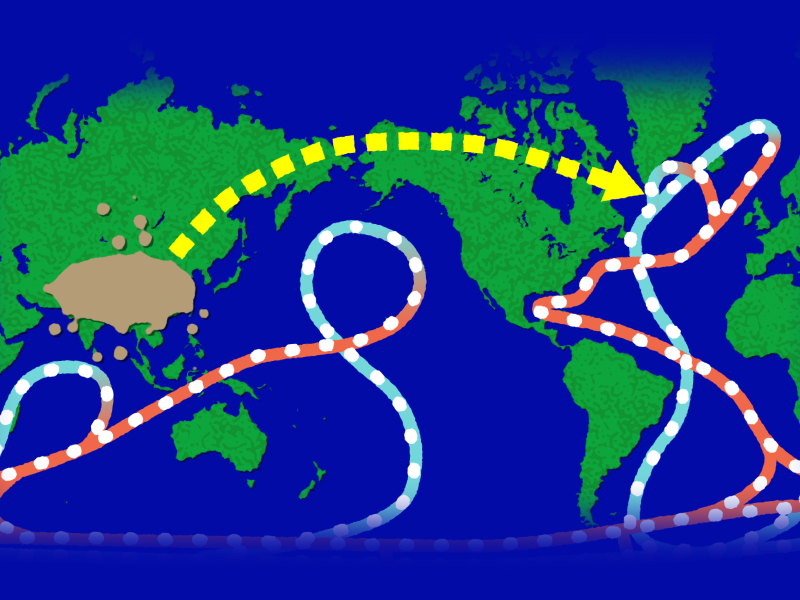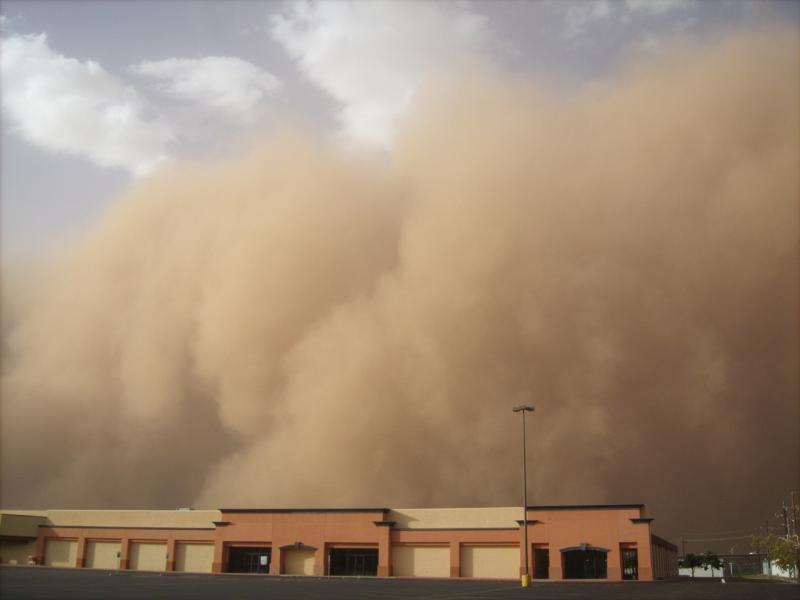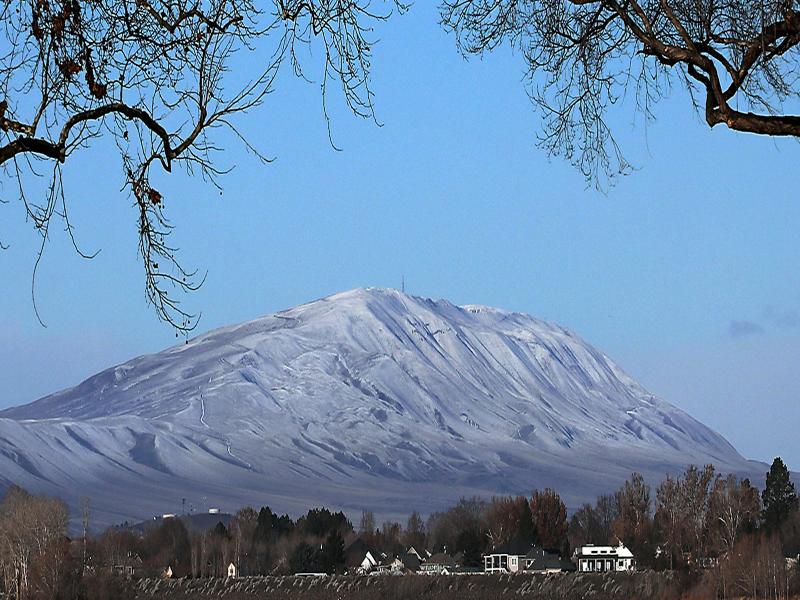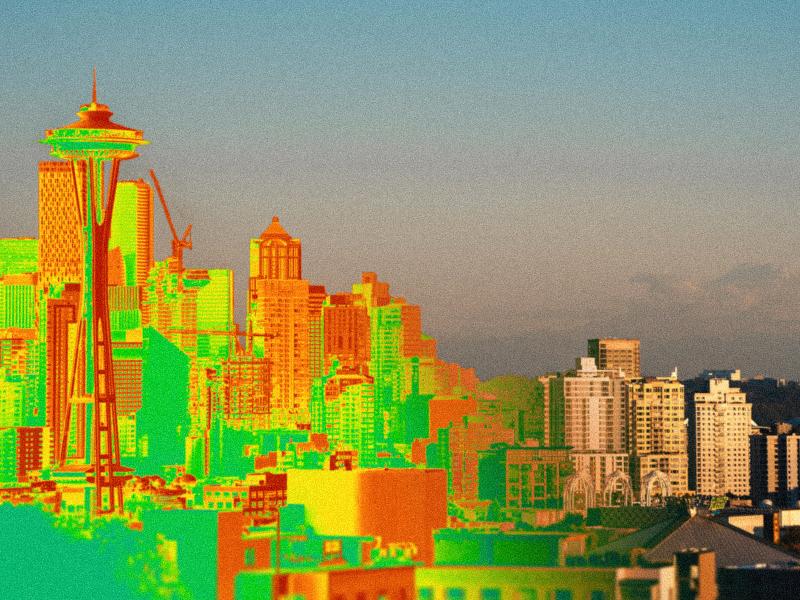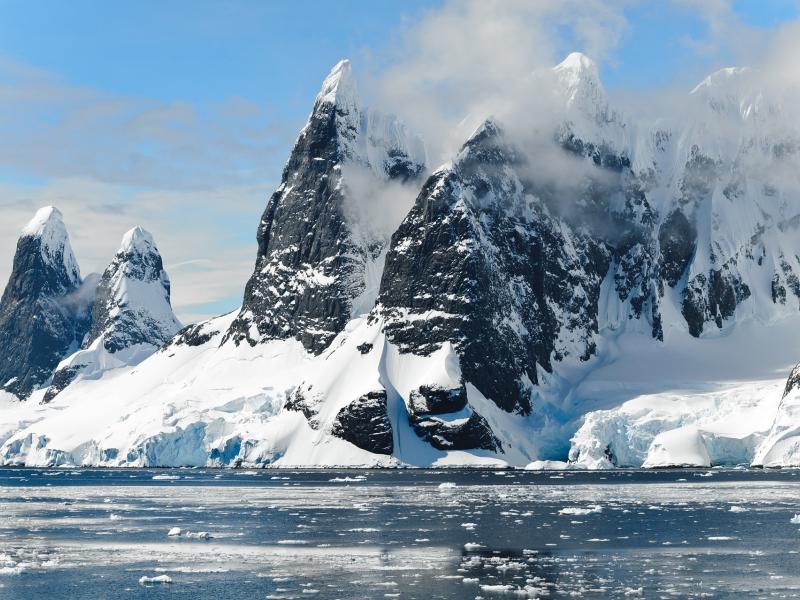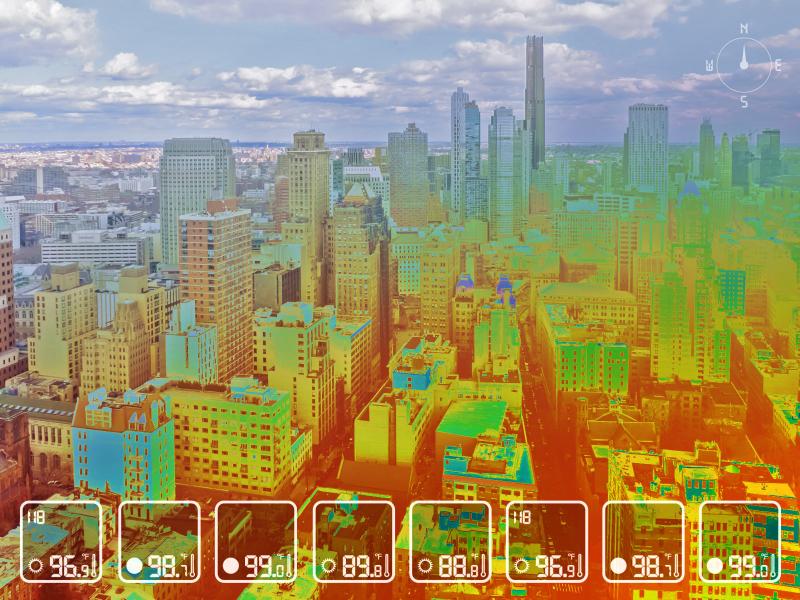Atmospheric, Climate,
and Earth Sciences Division
Atmospheric, Climate,
and Earth Sciences Division
The Atmospheric, Climate, and Earth Sciences Division has an array of multidisciplinary teams working to understand how Earth systems function to better predict their response to environmental and climate changes.
Scroll down for a selection of Division news, or click the links below to view more stories by category.
News Stories | Featured Research | Staff Accomplishments
Featured News & Highlights
Explore opportunities to join one of several teams comprised of experts across multiple disciplines tackling big challenges in atmospheric sciences and global change.







